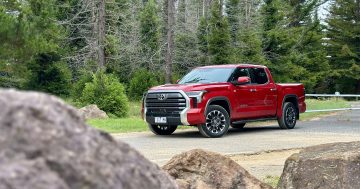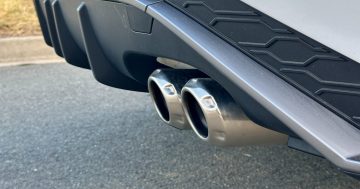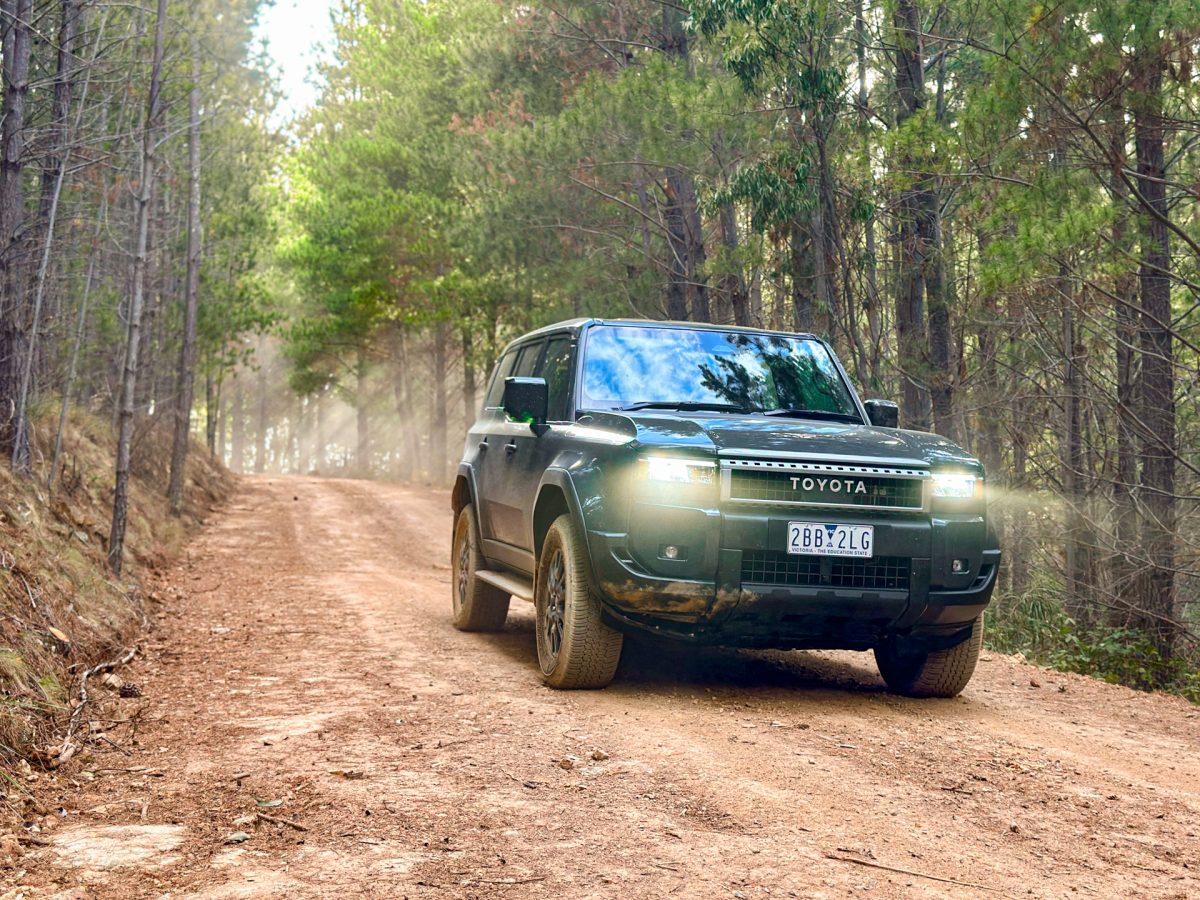
Getting grubby in the Cotter Reserve. Photo: James Coleman.
Judging by a lot of the commentary online, you’d think Toyota had served up lukewarm leftovers with the new LandCruiser Prado.
To be fair, it was always going to be this way with something as untouchably iconic as the Landcruiser Prado. I’m sure I’m not the only person with an uncle who owns a Prado and another uncle who just bought a newer one to replace the one he already had.
However, it fell behind the Ford Everest last year as Australia’s best-selling large SUV, so something had to be done. The question is: Was the “something” this?
The complaints seem to centre around three new additions under the boot floor.
One, the spare wheel is no longer bolted to the outside of the boot hatch.
Two, there’s a 48-volt battery that works with the 2.8-litre turbo-diesel engine to create a ‘mild-hybrid’.
Third, also in the name of improving emissions, a separate tank for AdBlue diesel exhaust fluid has been added, which must be topped up at least every service.
All of this means it carries less fuel and, therefore, there’s less range because there’s no room left for the extra fuel tank every Prado has carried pretty much since its birth in the 1980s.
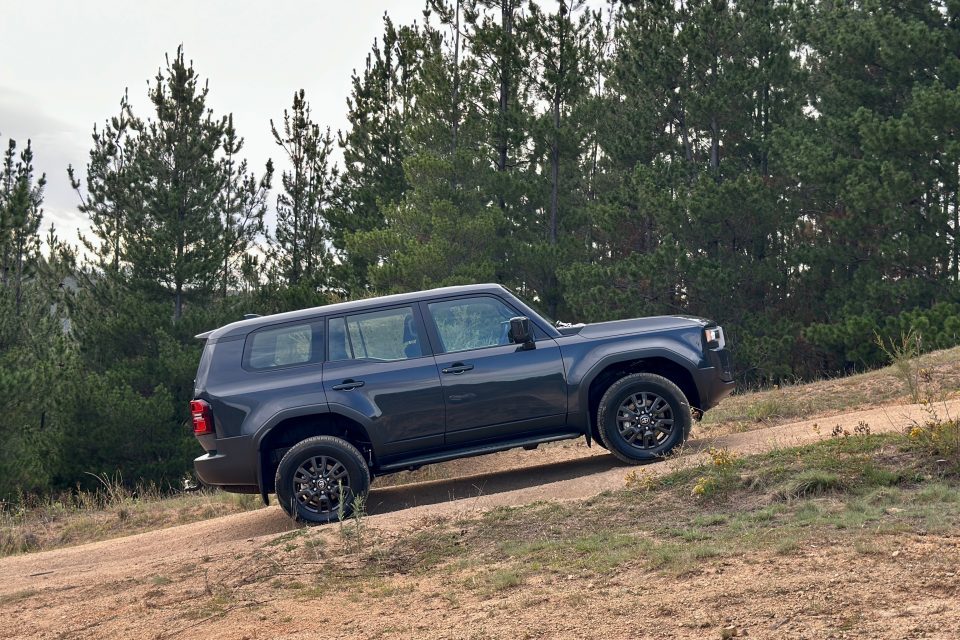
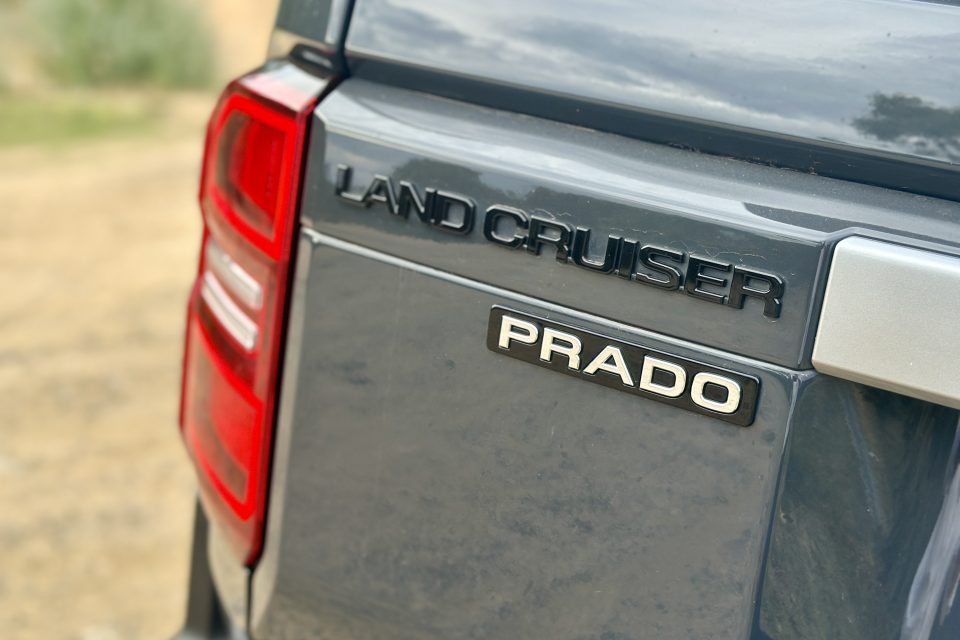

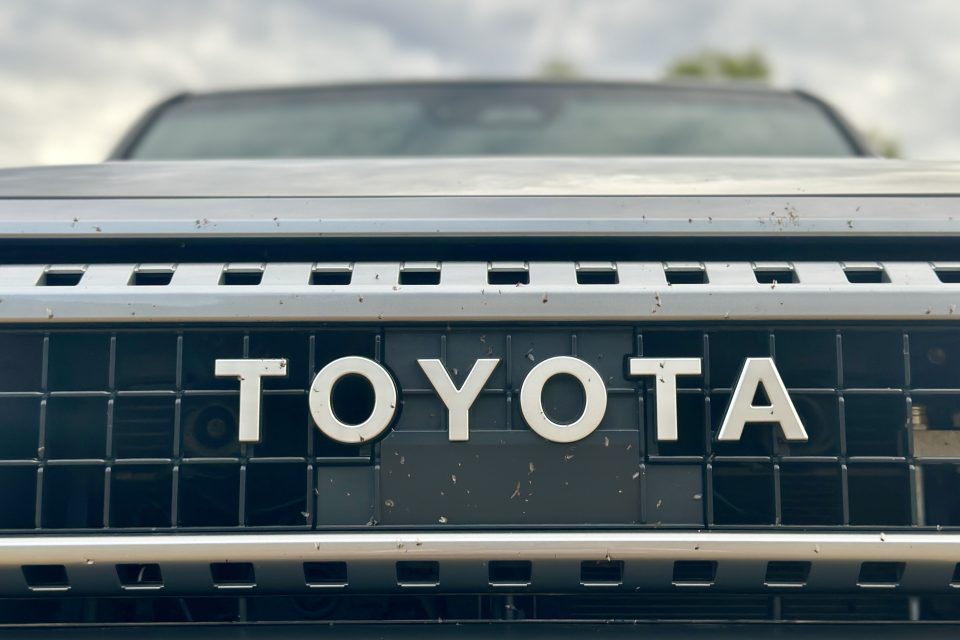
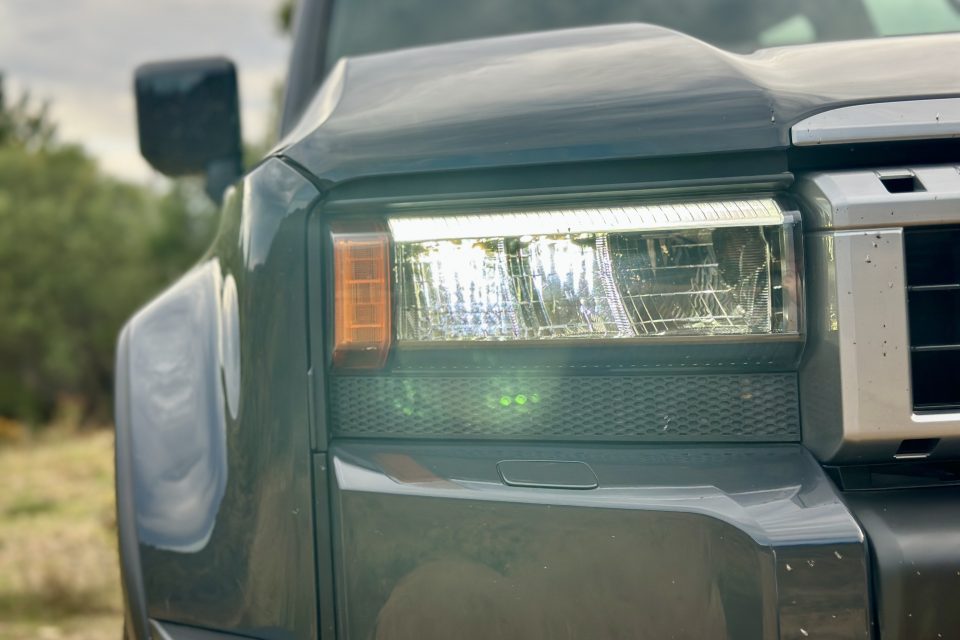
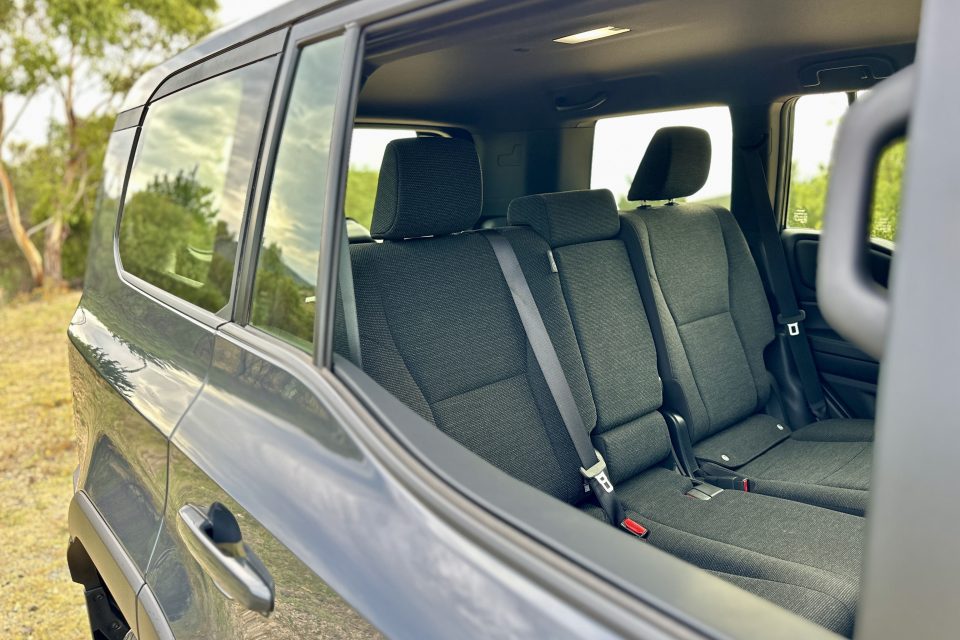
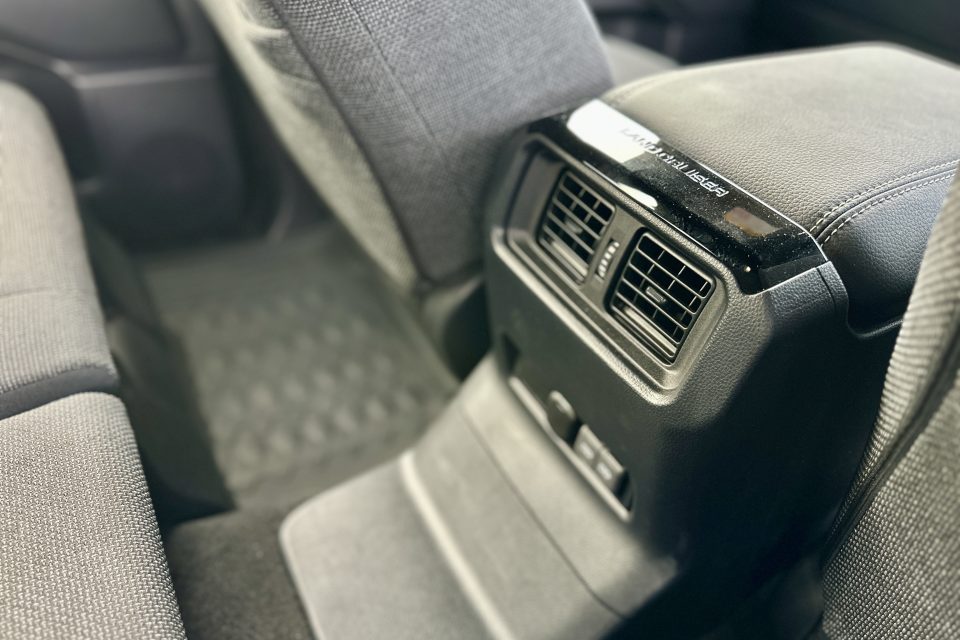
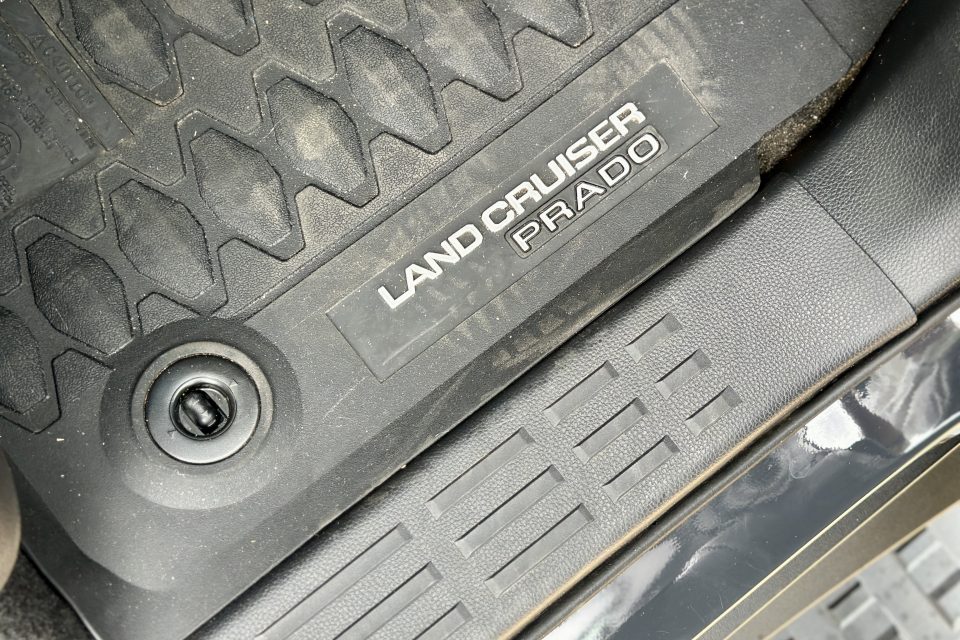
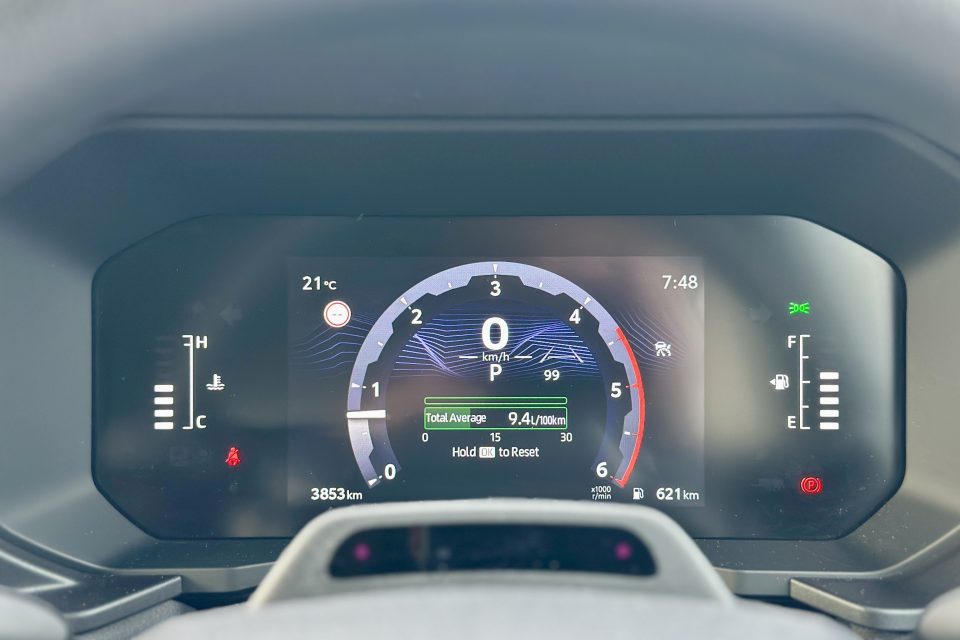
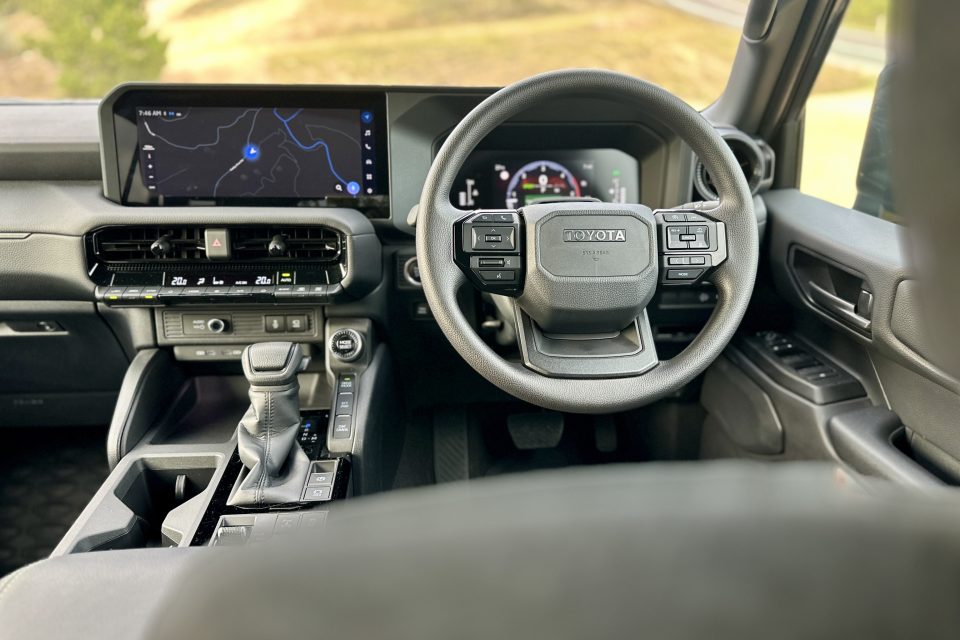
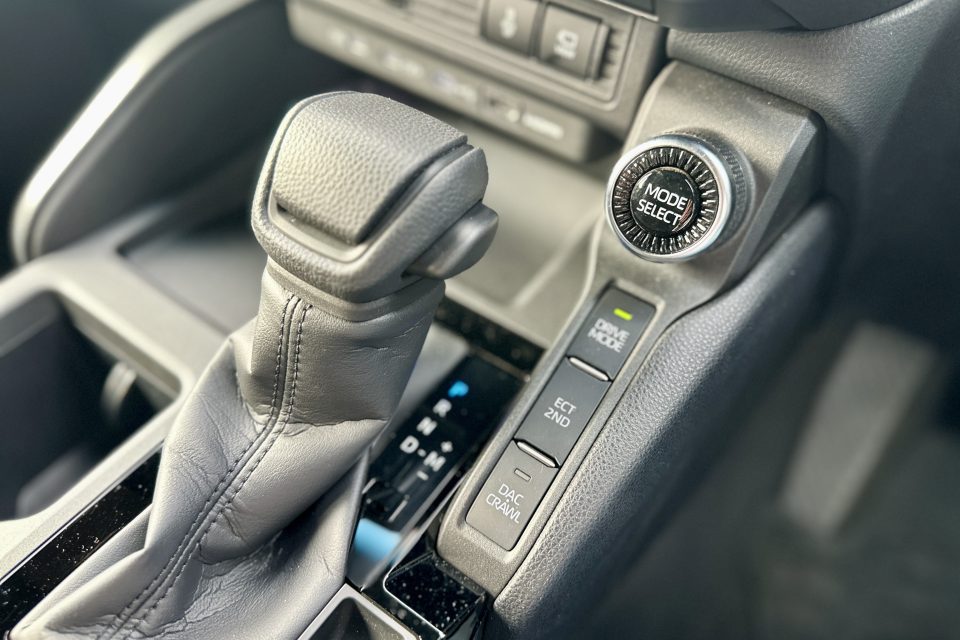
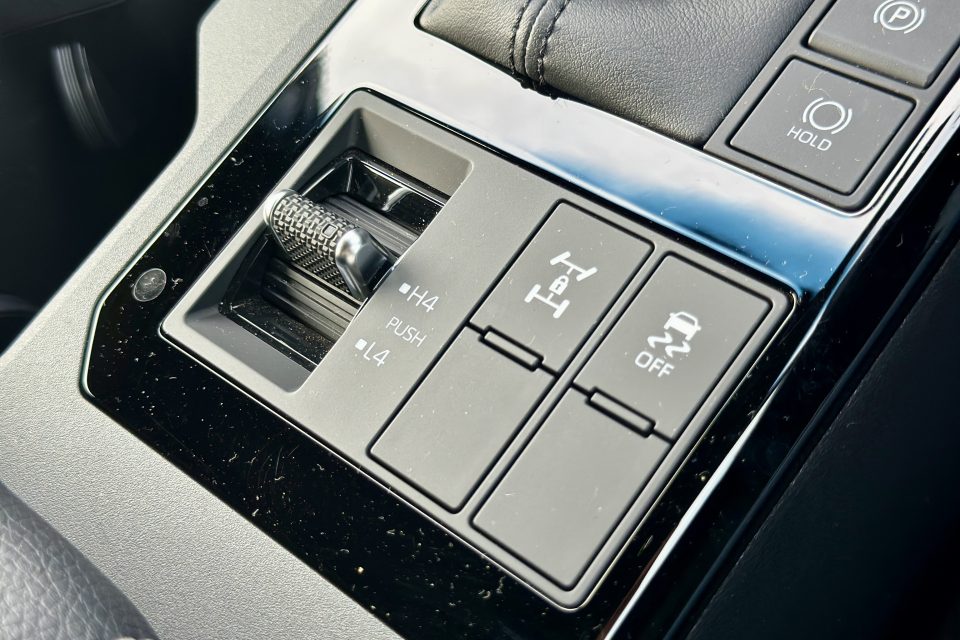
The previous 150-Series model’s 150 litres of fuel and claimed 1898 km range drops to a single 110-litre tank good for 1447 km.
It also means there was no room for the two rear-most seats to fold flat, so Toyota had to install an ugly raised platform around them to create a level boot floor.
I think that’s it. No, wait.
The payload – the fancy term for the total weight of people, accessories, luggage and anything else you have on board – has dropped substantially from up to 750 kg on the old model to up to 615 kg on this one.
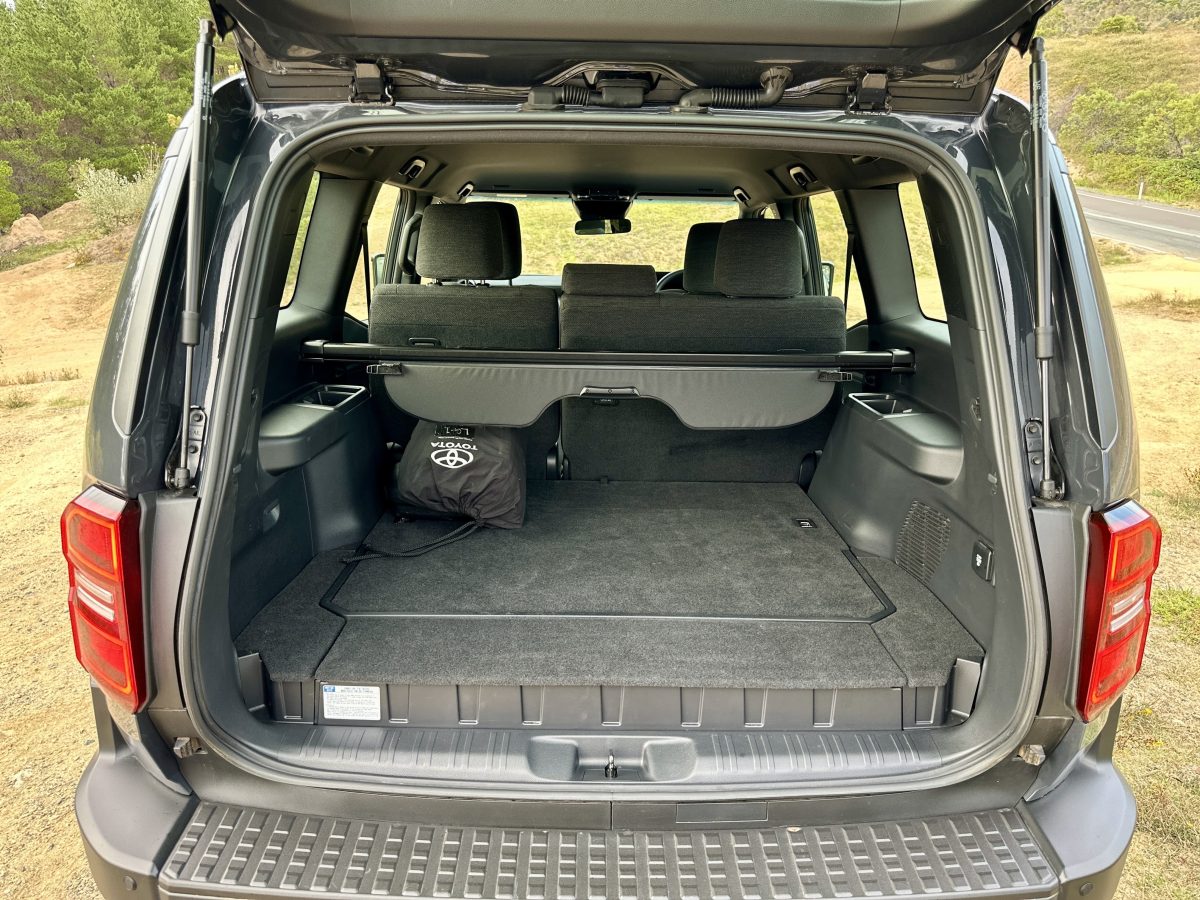
The dreaded boot lip is even higher in the seven-seat models. Photo: James Coleman.
Prices are also up. The base five-seat GX model I’m testing starts from $72,500 (plus on-road costs), while the Kakadu, at the top of the range, starts from $99,990. That’s $9670 and $12,522 more, respectively.
But despite all this, I still loved it. Hear me out.
I could mention more figures, like the fact that braked towing capacity is up from 3 tonnes to 3.5. And fuel consumption is really quite impressive – I was recording an average of 9.6 litres per 100 km on my mix of smooth highway coasting and rough-and-tumble off-roading.
Being a diesel, there’s a lot of huffing and puffing for not a lot of blowing anything away, but thanks to a new and slick eight-speed auto, you’re never bothered. It still clambered up steep and gravelly sections of Bullen Range Road near the Cotter without a sweat.
On the tarmac, I was also expecting the typical uninspiring, wallowy affair you get with big 4WDs on beefy tyres, but Toyota has completely redone the steering, so it was actually surprisingly deft.
Then there are the looks.
The Prado had been getting progressively fatter and uglier over the years, but for this one, Toyota dusted off their old 70-Series and FJ sketches. It looks classic and rugged again. And more well-thought-out. Apparently, the panel gaps are larger on the front and rear bumpers to make them more forgiving if you do actually bump something.
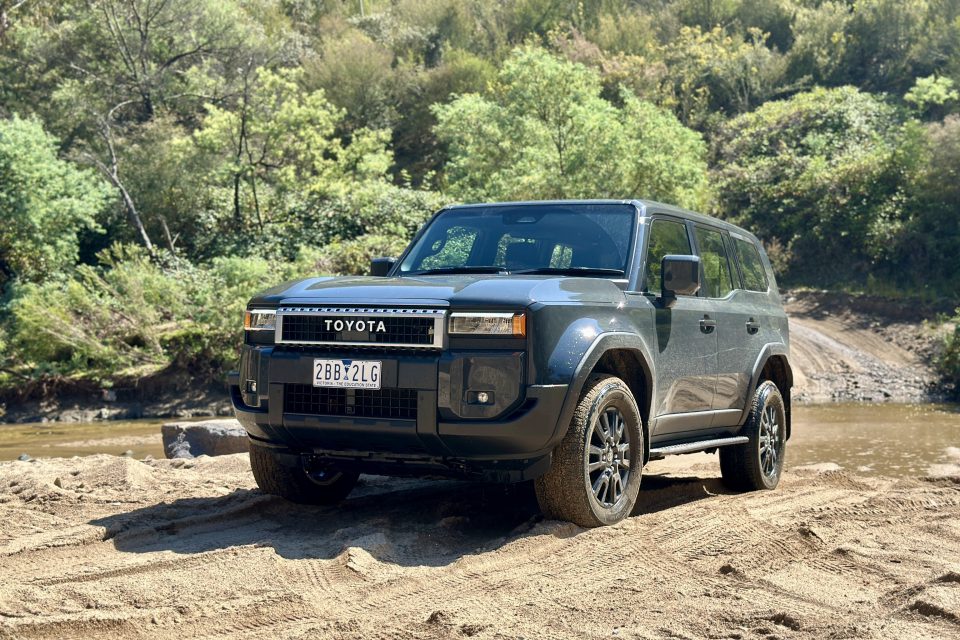
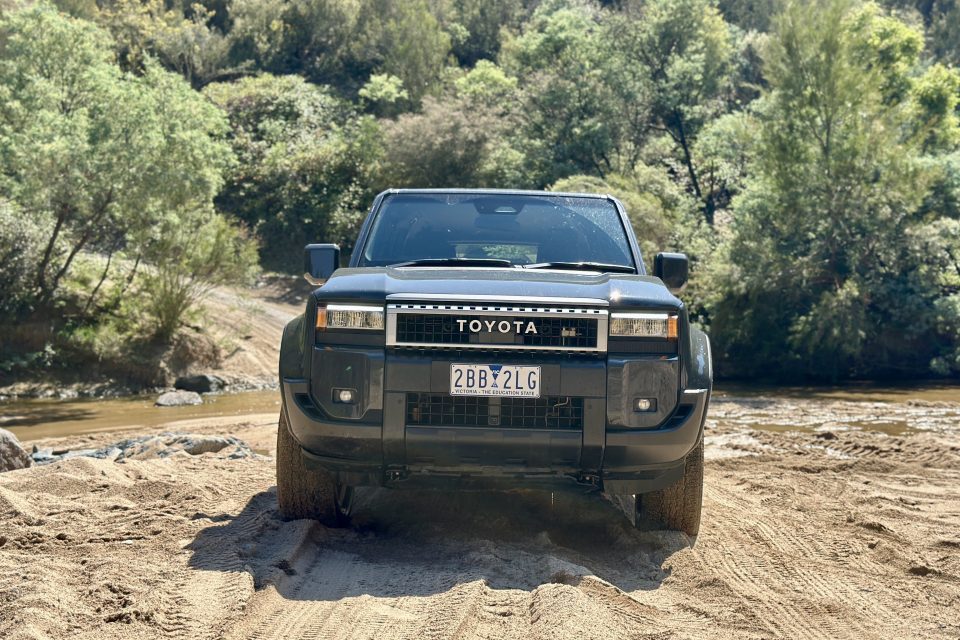
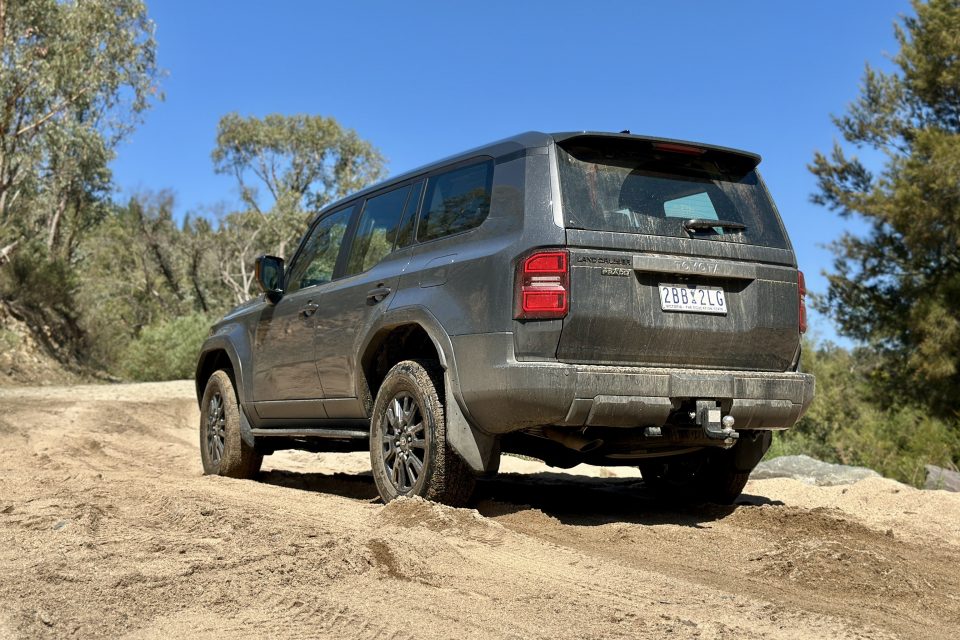
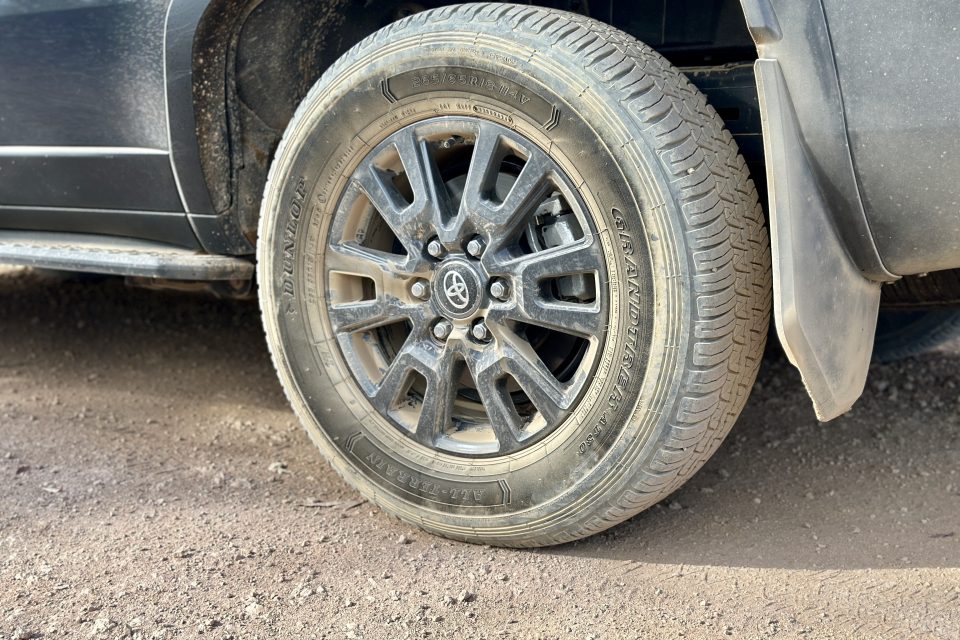
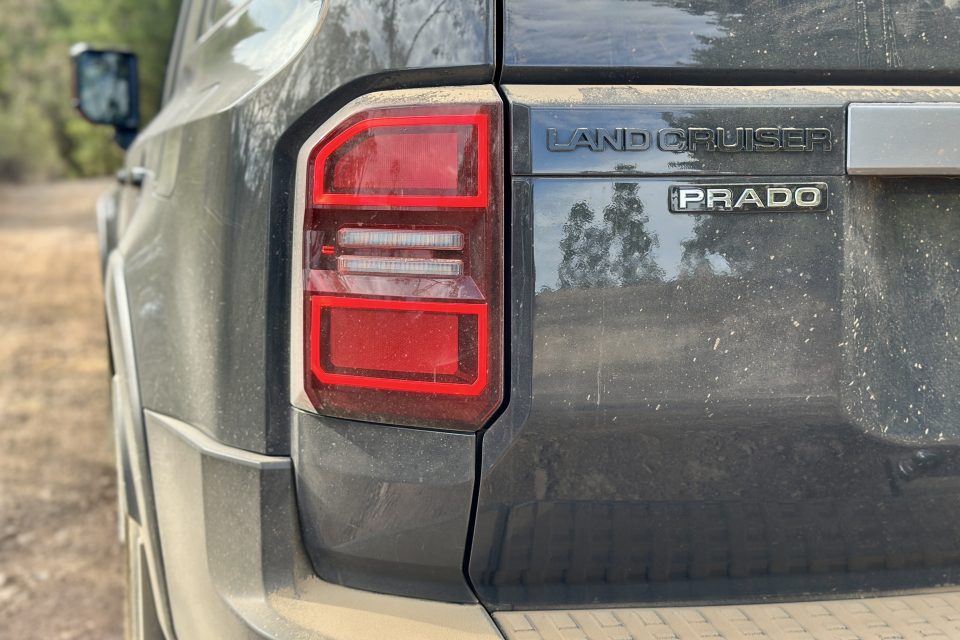
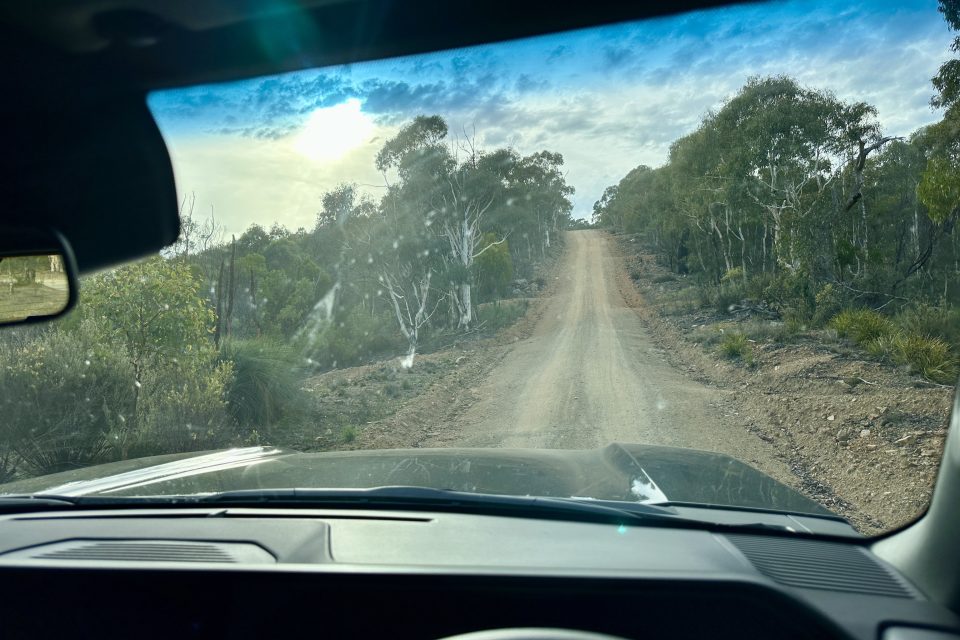
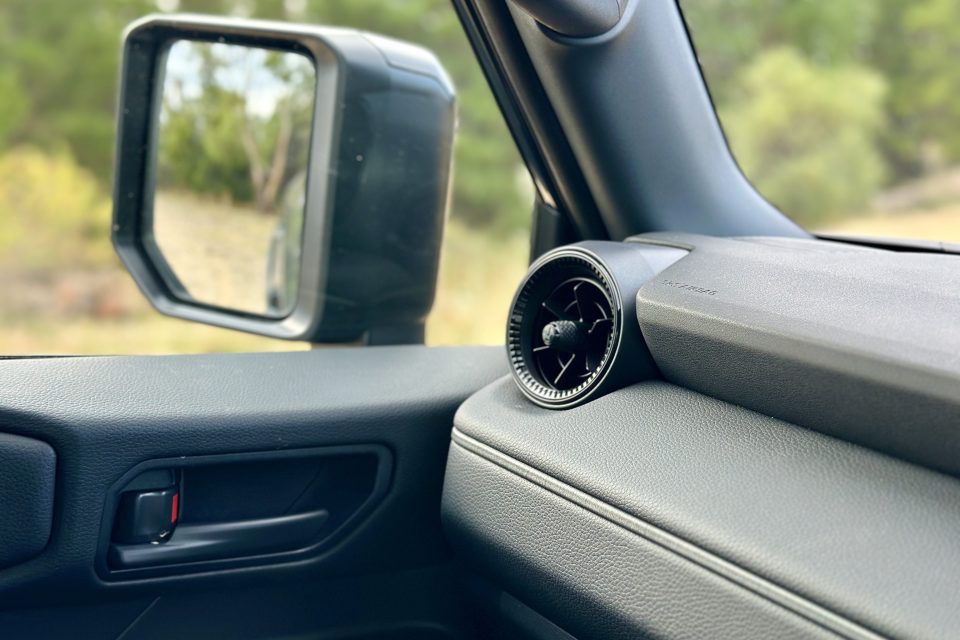

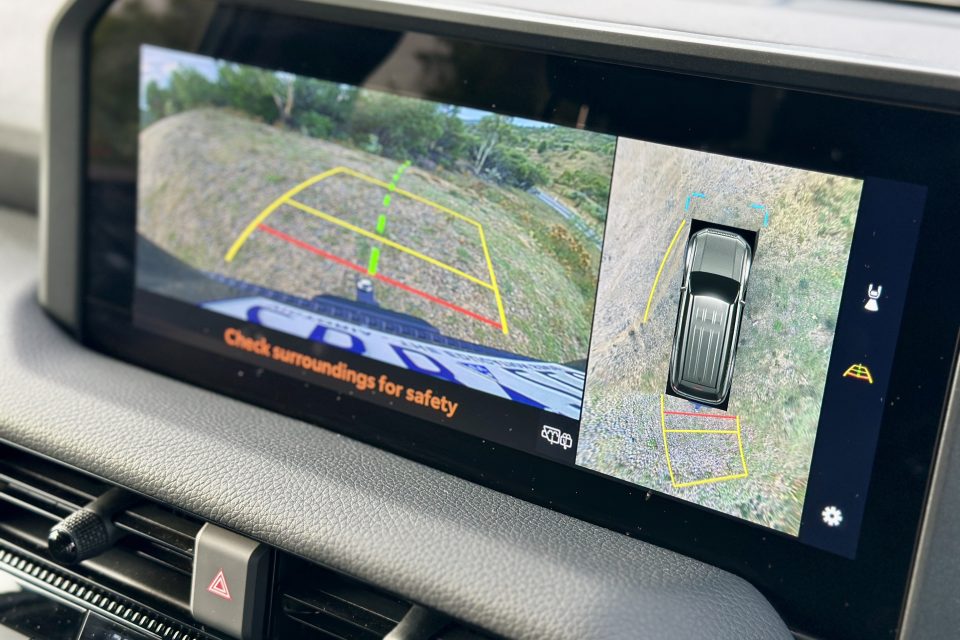
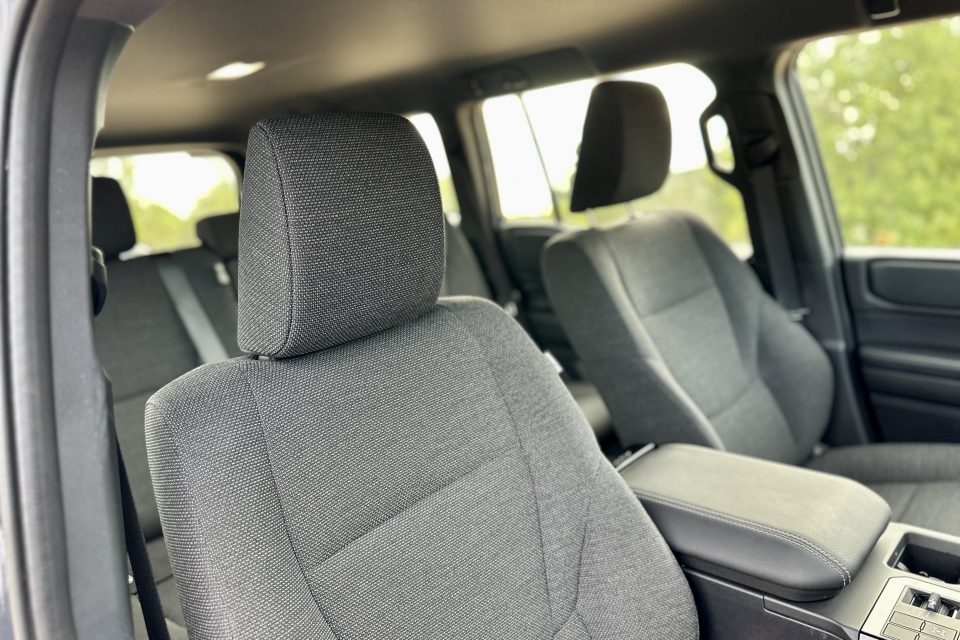
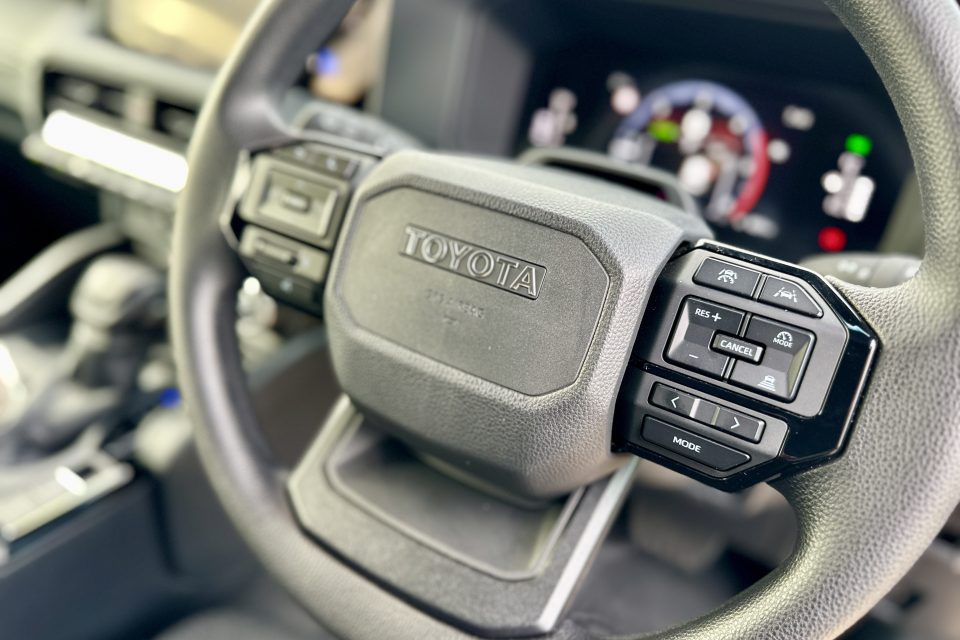
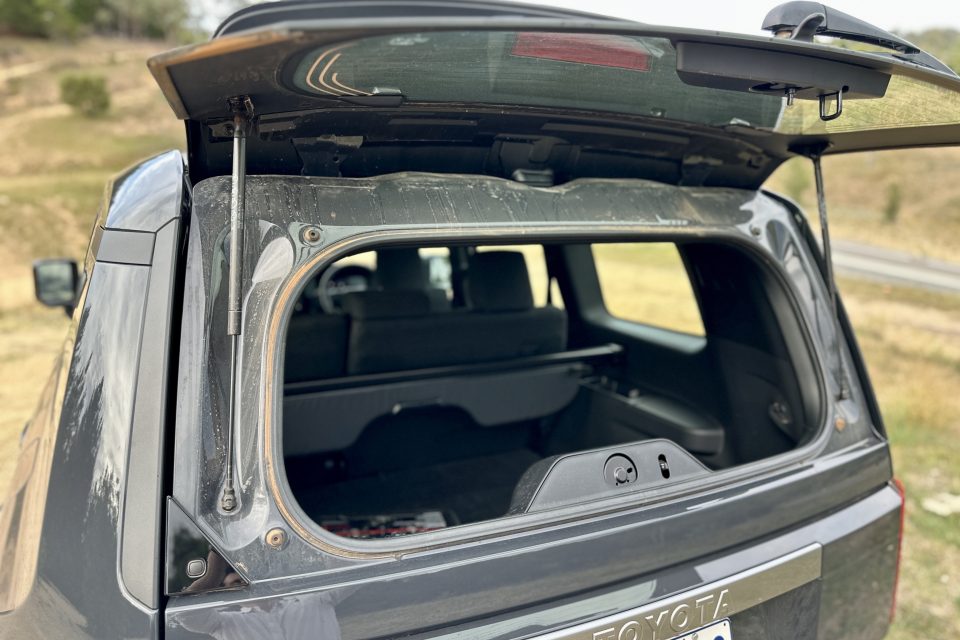
At least in my GX model, the interior is very basic and plastic. There are buttons all over the place, like the engineers had a pile of them in their hands like Scrabble tiles and had to find empty spaces to put them all.
But this does mean that for a base model, you get a lot of standard kit, like a 360-degree camera, tow controls, ‘Downhill Assist Control’ and ‘Crawl’ modes to help with slow descents, and ‘ECT 2nd’ for starting in second gear in slippery conditions to avoid wheel spin.
Bullen Range Road featured an unhealthy mix of wet, sandy and rocky patches, enough to warrant a sign at the entrance about how it is “unsuitable for 2WD vehicles” (also dogs). But it was a walk in the park for this Australian Cattle Dog.
The only trouble was when I ended up slightly lost, and on the wrong side of the river to get back to the office. But fortunately, even without the extra tank, I still had more than 500 km of fuel left. I could be out here for days.
So yes, there are more hits than misses with the new Prado. In fact, I’d go so far as to say it felt more like a bigger Suzuki Jimny, and that is A Very Good Thing Indeed.
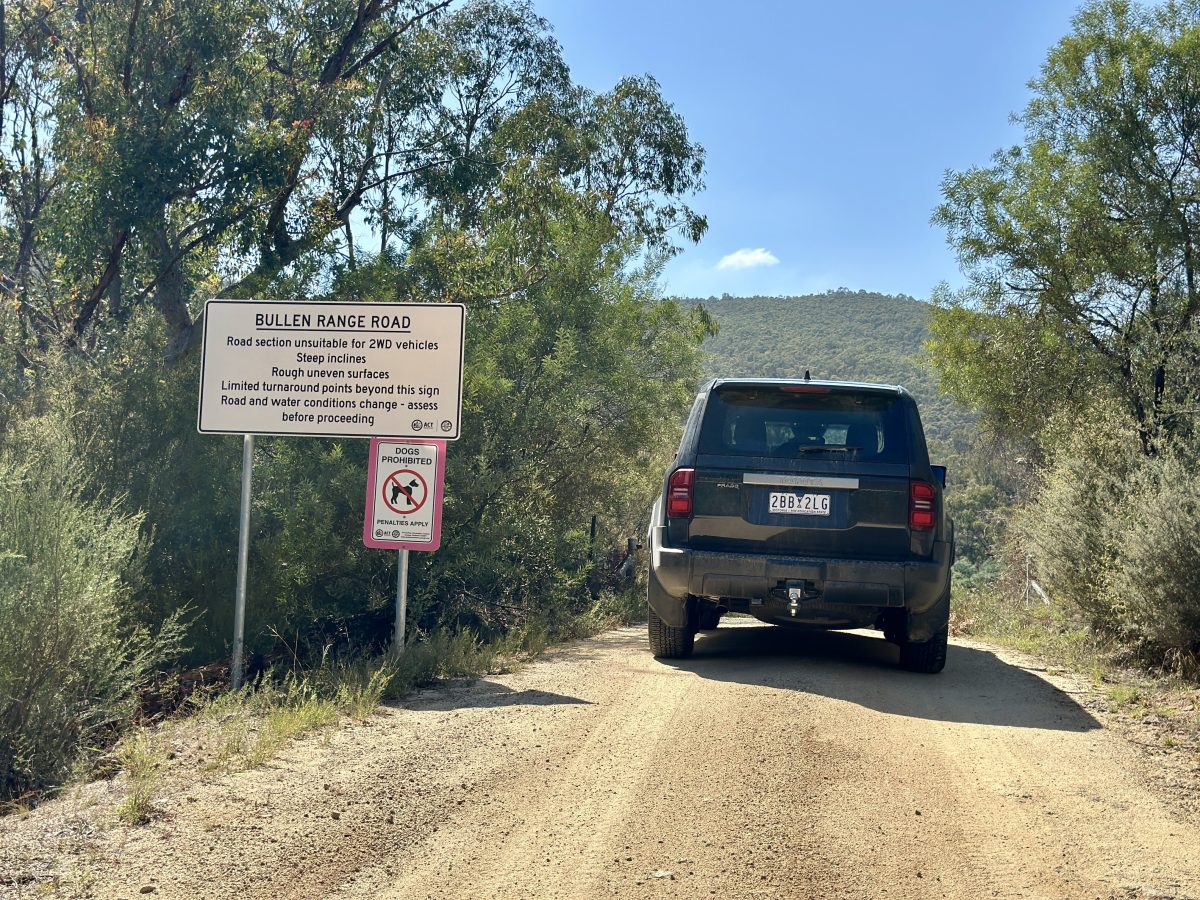
No 2WDs, or dogs. Photo: James Coleman.
2025 Toyota LandCruiser Prado GX
- $72,500 (plus on-road costs)
- 2.8-litre four-cylinder turbo diesel, 48-volt battery, 150 kW / 500 Nm
- 8-speed automatic, full-time 4WD
- 7.9 litres per 100 km fuel consumption (claimed), 110-litre fuel tank
- 2495 kg.
Thanks to Toyota Australia for providing this car for testing. Region has no commercial arrangement with Toyota Australia.














